All About Livewells for Offshore Boats
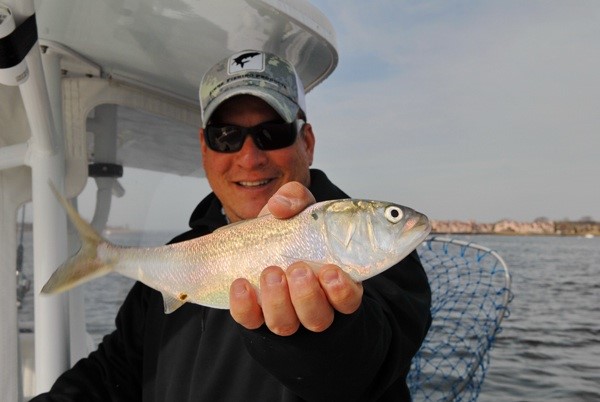
Baitfish such as live goggle-eyes, blue runners, menhaden, and even bluefish and bonito are the difference between catching trophy fish and a quiet day of trolling. That’s when you realize: The livewell is an incredibly important piece of onboard equipment. Some varieties can cost $100 per dozen on tournament days, but that’s because live bait is pure gold when it comes to catching marlin, sailfish, tuna, wahoo, dolphin (mahi) and other bluewater species in many parts of the world. Here are some considerations when looking at the livewell on your next offshore fishing boat.
Offshore baits range from 4” (.10 m) scaled sardines, aka pilchards, on Florida's east coast, to 10-pound (4.53 kg) bonito or blackfin tuna that are sometimes towed for blue marlin. Blue runners, goggle-eyes, mullet, and menhaden (also called pogies or bunker) all have their fans. Anglers fishing for mako and bluefin tuna along the northeast coast sometimes bait up with live bluefish weighing a couple pounds or more. (Just a reminder: If you decide to try baiting with live blues for the first time -- keep your hands clear of the business end!)
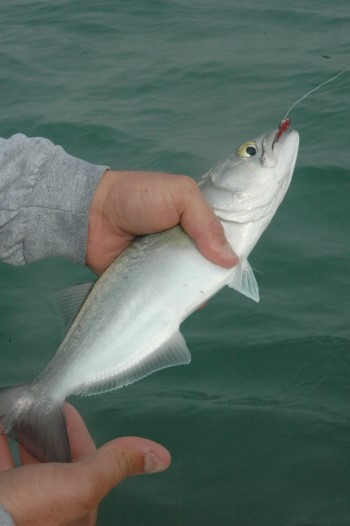
In big-money offshore competitions, it's often the case that he who has the biggest livewell wins: The big baits that attract the larger offshore species take a whole lot of space and water flow to stay healthy long enough to become part of the plot.
Matching the size of the livewell and its capacity to circulate enough water, and keep it aerated, is key to equipping an offshore fishing machine. And the well has to be dependable, ensuring that a 50-mile-run offshore does not go to waste due to dead bait.
Jumbo Wells Built-In
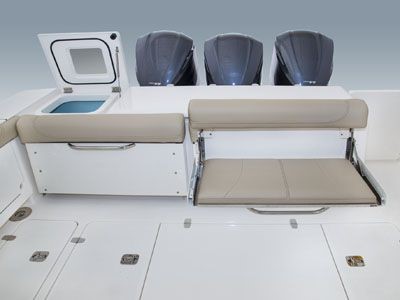
Some offshore boatbuilders are noted for giving special attention to their baitwells.
The Hatteras 77 Convertible has an enormous 65-inch-long in-sole livewell with pumps that would allow it to double as a saltwater Jacuzzi for the crew.
The Boston Whaler 420 Outrage has a 40-gallon (151 L) well with red LED to prevent night-vision problems for anglers and a see-through window that allows checking bait condition at a glance.
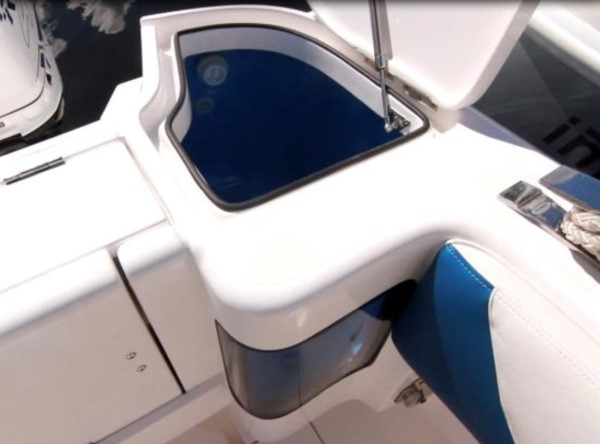
The Pursuit OS 385 has a 50-gallon recirculating well in the starboard corner of the cockpit, while the Pursuit C280 has a 52-gallon well on deck behind the console leaning post -- a well positioned on centerline has the advantage of putting that extra 400-plus lbs. (181 kg) of weight in the middle of the boat, rather than to one side.
Whatever your offshore boat, you'll need a well with plenty of capacity to keep you in the game.
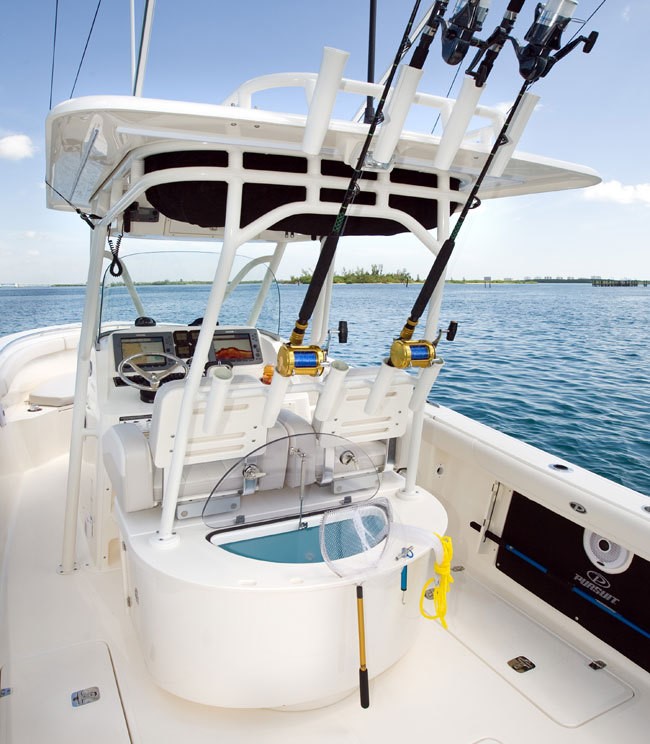
Opt for Raw Water When Possible
Most bait does best with a steady flow of "raw" water (that is, from directly over the side) coming into the tank -- bubbling type aerators in a closed system are not the best option for large saltwater baits. A strong flow of clean salt water not only oxygenates the bait, but as it spills out the overflow, it takes the waste produced by captive baitfish away with it. And, since it's the same temperature and salinity as the surface water, there's no shock when the bait on the hook hits the water. In short, raw water keeps bait healthier and that usually means more strikes.
Ready to Recirculate
Note, though, that trailerable boats -- and there are plenty these days that are offshore capable – can now have systems with a second pump designed to aerate the water while the boat is being trailered. This can be useful, since it allows an angler to shut off the flow of raw water when the boat enters a marina where there may be fuel contamination or low oxygen levels, or if a boat runs through a patch of red tide -- recirculated, aerated water is better than fouled raw water. Note that aerators that put out lots of tiny bubbles, rather than fewer larger bubbles, do better at keeping bait alive.
Best for Schooling Baits
In general, oval or circular wells do a better job of keeping active, schooling baits like sardines and menhaden kicking -- the water is pumped in at an angle that creates a current in the well, allowing the baits to swim into it and breathe as they do in the wild. However, a pump that's too strong can actually wear the bait out and cause exhaustion and, eventually, death -- just a nice steady rotating current is all that's needed. Valves that control the flow are available.
Let There Be Light
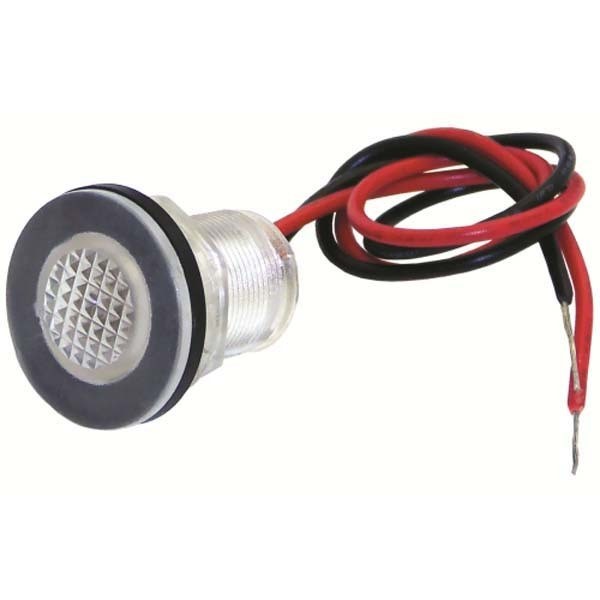
LED lights mounted inside a well can be a huge help in checking to make sure the bait is healthy, as well as making it easier to catch them with a dipnet (less blind dipping means less beaten-up bait). Lights should be turned off when not needed -- dark wells seem to make most bait happier.
Many manufacturers use a see-through Plexiglas-type lid on baitwells mounted in the transom to allow a quick look at the baits without raising the lid, but this type of cover is not strong enough for wells set into the casting platform or deck where it's likely to be stepped on.
Pressurized Livewells
Serious offshore anglers swear by pressurized livewells, which are filled all the way to the lid. The topped-up well prevents the water sloshing in rough conditions, which keeps baits from getting beaten up. A gasketed lid and well-designed drainage system keep the well from overflowing into the cockpit.
Aftermarket Livewells
Moeller, Kodiak and others make both oval and cylindrical add-on roto-molded polyethylene plastic tanks in sizes from 23 gallons to 100 gallons (87 L to 379 L) that are favorites of serious live baiters who don't have enough bait capacity built-in. It's possible to mount pumps for these tanks on the outside of the transom with hoses coming up through the motor well, thus avoiding an extra hole in the hull below the waterline. Any pumps mounted inside the hull should have a shut-off valve that will prevent water flowing into the bilge if the pump decides to cause problems.
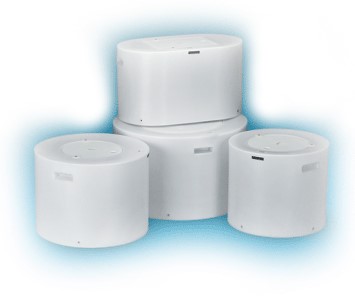
Just remember, water weighs about 8.3 pounds per gallon (easy to remember: 1 kg per liter), so if you put a 100 gallon tank in the back of your 25-foot CC and fill it, you may find the boat no longer wants to get on plane.
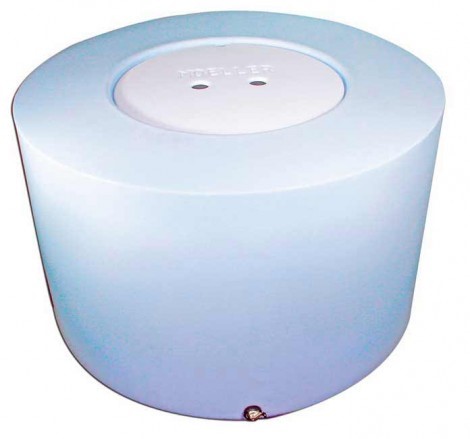
If you need even more, you may want to go to a fiberglass bait tank like those from BlueWater Bait Systems (www.bluewaterbaitsystems.com). The company makes round, oval, rectangular and square bait tanks, in sizes to an enormous 175-gallon version, all of durable fiberglass. They also make tuna tubes and supply pumps and fittings.
Livewell Accessories
Serious anglers will probably want a flow sensor – after all, an offshore run to fish live bait won’t yield good results if there’s well full of dead bait. It’s worth adding one if the boatbuilder has not included one: The flow sensor alarm lets the crew know immediately if the baitwell pump stops via an audible alarm and a light on the console. A BaitWatch flow alarm from Signet (www.signetmarine.com) is about $195.
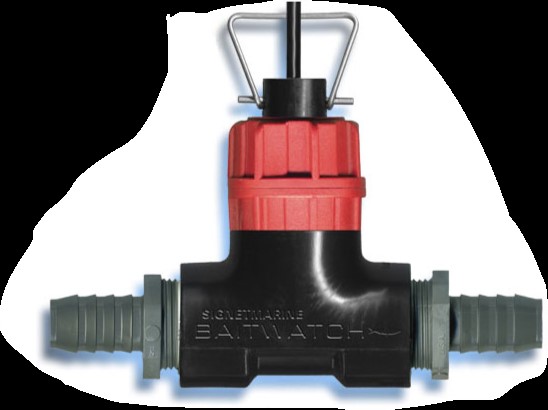
Note that the livewell pump does not have to fail for the flow to stop -- a plastic bag getting sucked over the intake can do it, as can the boat "taking air" in the case of fast outboard boats. If the pump loses prime, it may spin away for miles without regaining a full flow of water. A flow sensor can notify the crew of these problems before the load of bait suffers the effects.
Livewell Additives
There's evidence that some chemical salts added to a saltwater well can protect the slime coat of the fish as well as reducing stress. Some, like Pogey-Saver, also advertise that they cut ammonia in the water and reduce the impact of chlorine in ice added to the well.
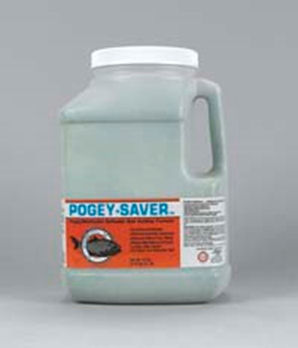
They certainly help make the well smell better after use, and are safe for a wash-out, which many cleaners are not. (Never use bleach to clean out a well -- even the slightest amount left in a line or pump can wipe out a whole day's fishing.)
Tuna Tubes
When your bait may weigh 5 or 6 lbs. -- or even up to 20 -- it's clear that a special livewell is called for. Tuna tubes are vertical tubes designed to hold the large bonito and tuna that make prime bait for blue marlin, bluefin tuna, and other giant offshore fish. High-energy baits like these tend to stick their noses in the corner of a conventional livewell and literally swim themselves to death, but the tubes provide a dark, confining area supercharged with high-flow raw water that cuts their need for swimming motion and provides loads of oxygen; the fish survive for extended periods.
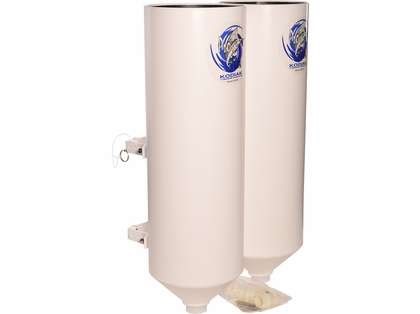
Basically, the tubes are 6" to 8" diameter PVC pipes, mounted vertically on the outside of the transom. (Some are mounted inside large baitwells, keeping everything inside the boat.) Raw water goes in the bottom, which has a cone-shaped cap on it, and overflows out the top. Stick the fish into the tube nose down and it gets a steady flow of clean, oxygenated water. They're typically fed by 1,100 gph pumps or larger.
The tubes also allow tuna and other large baits to be prerigged, so that they can be pitched by the angler, and they go over the side quickly anytime a billfish is spotted at the surface. Kodiak and other companies make commercial versions including hardware and pumps, but many anglers make their own to suit their specific needs.